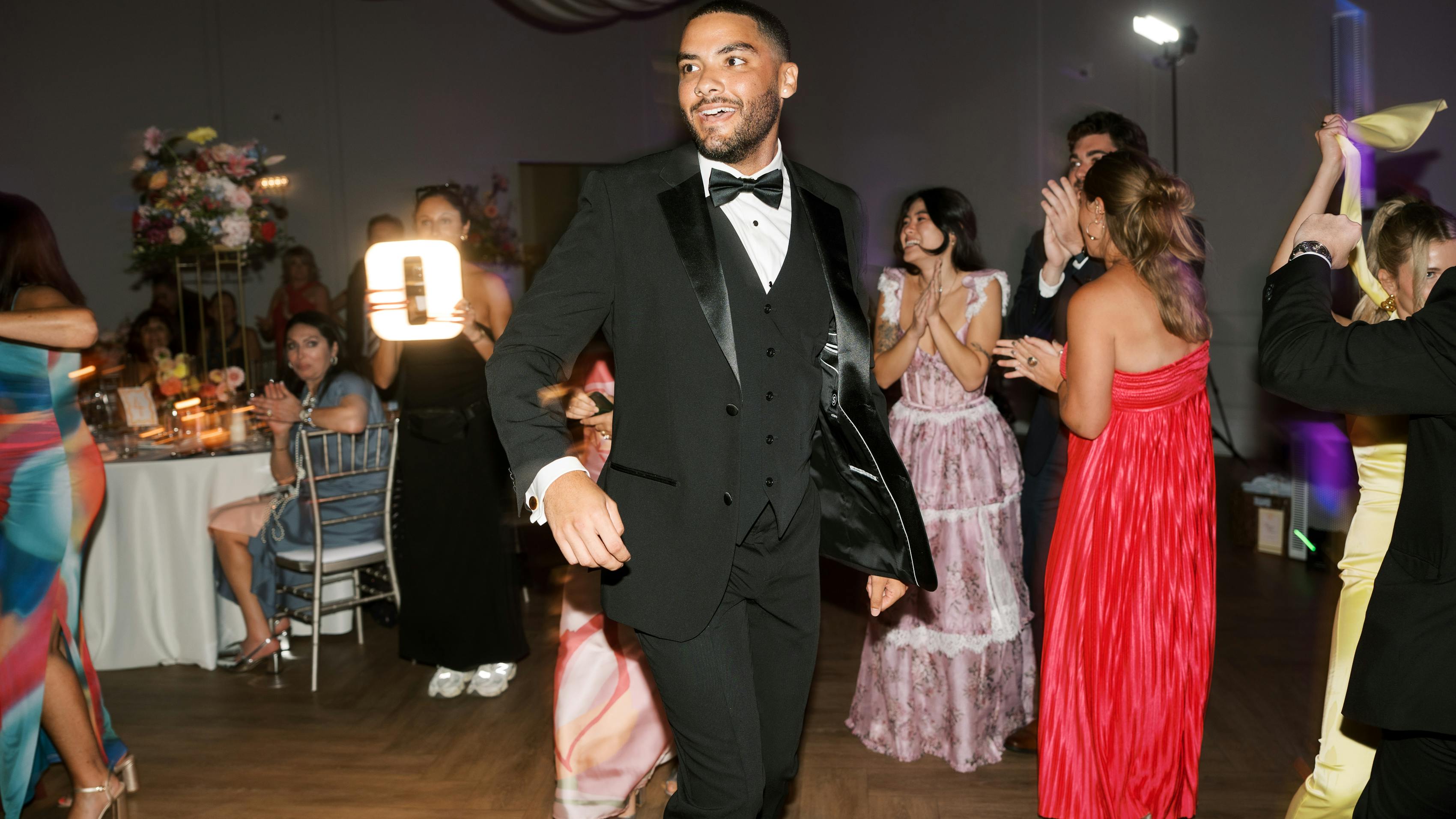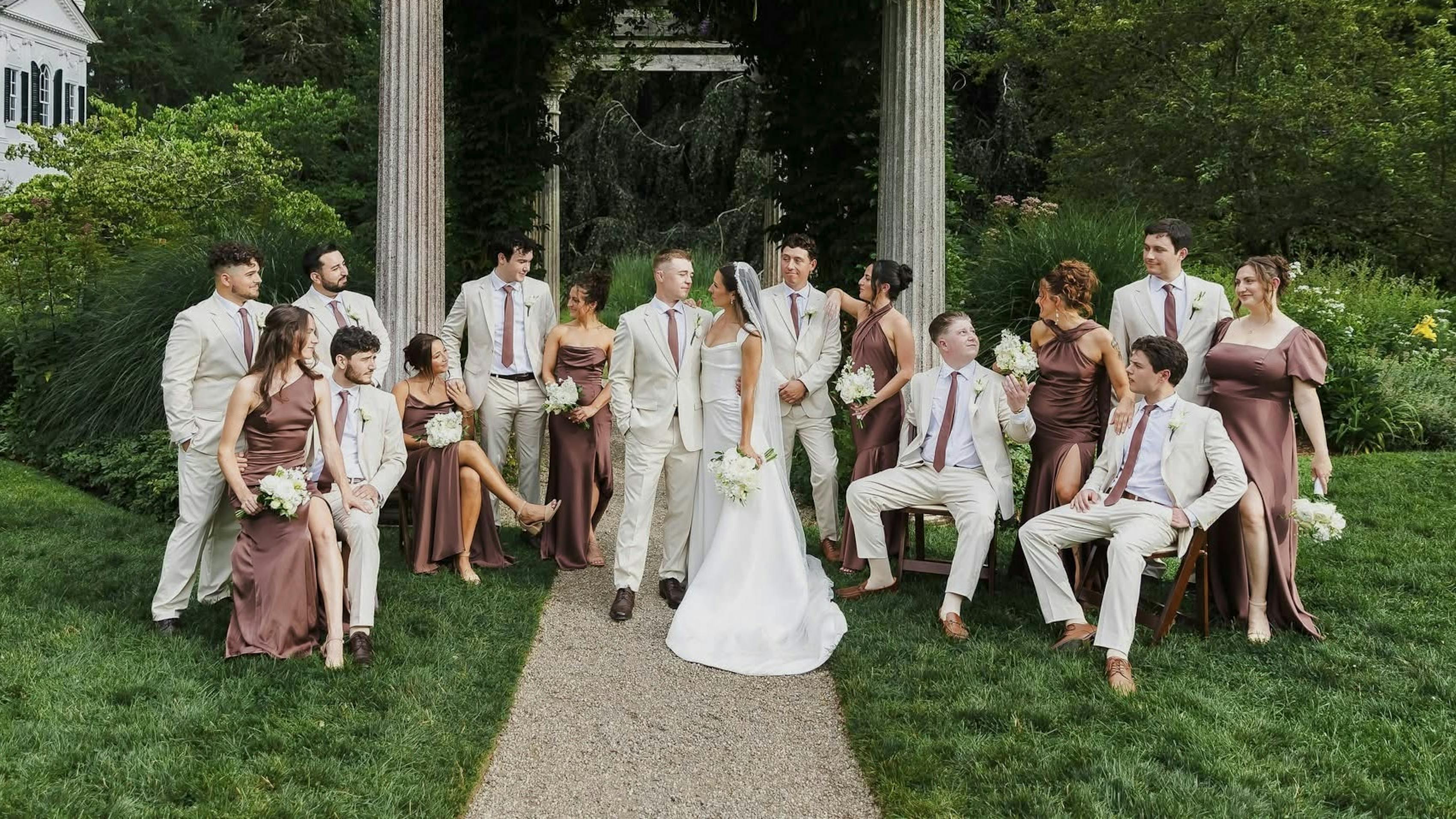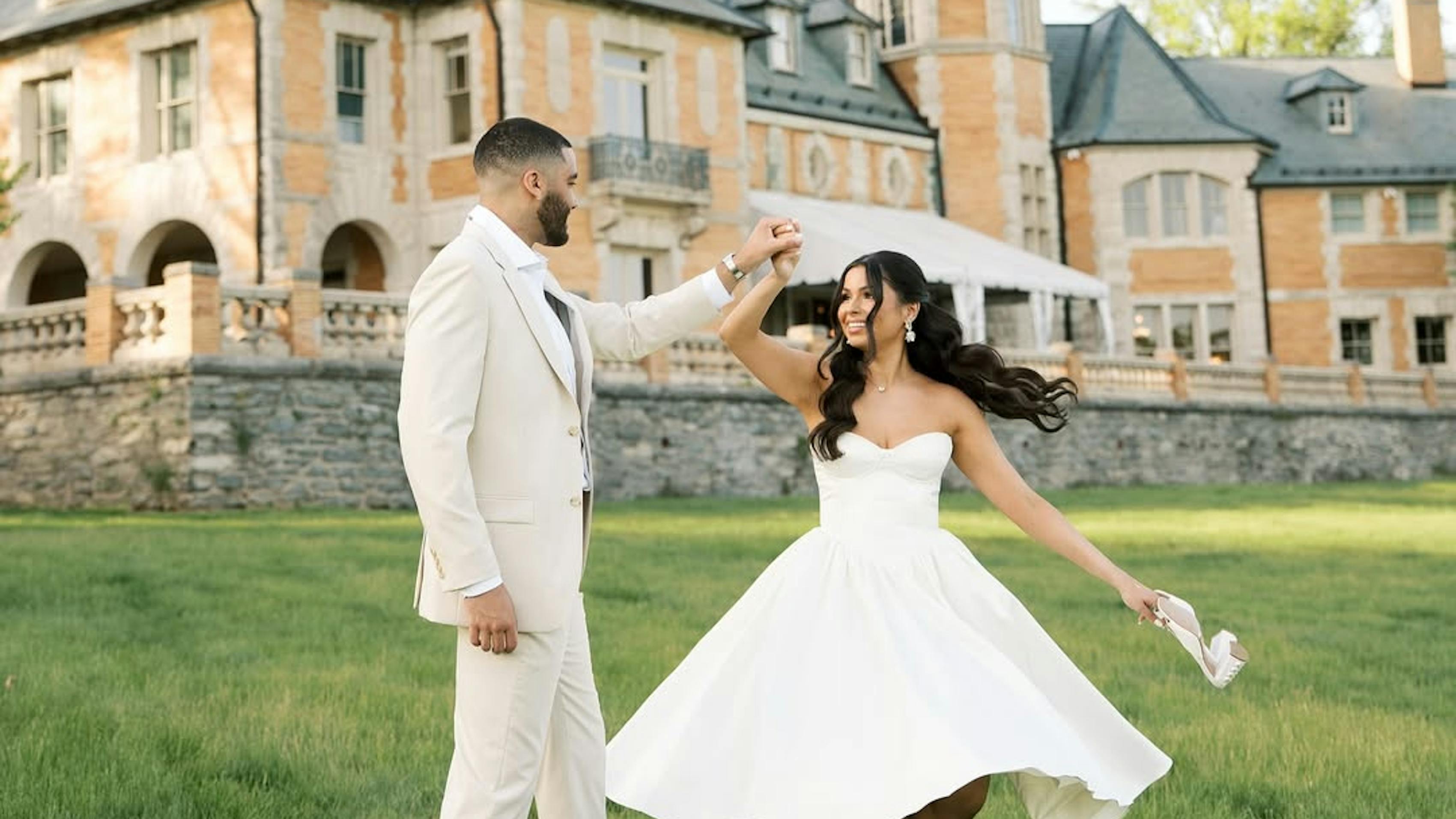What Is a White Tie Event and How Should You Dress?
Published on July 19, 2024 | Updated July 24, 2024
By Nathaniel Longmore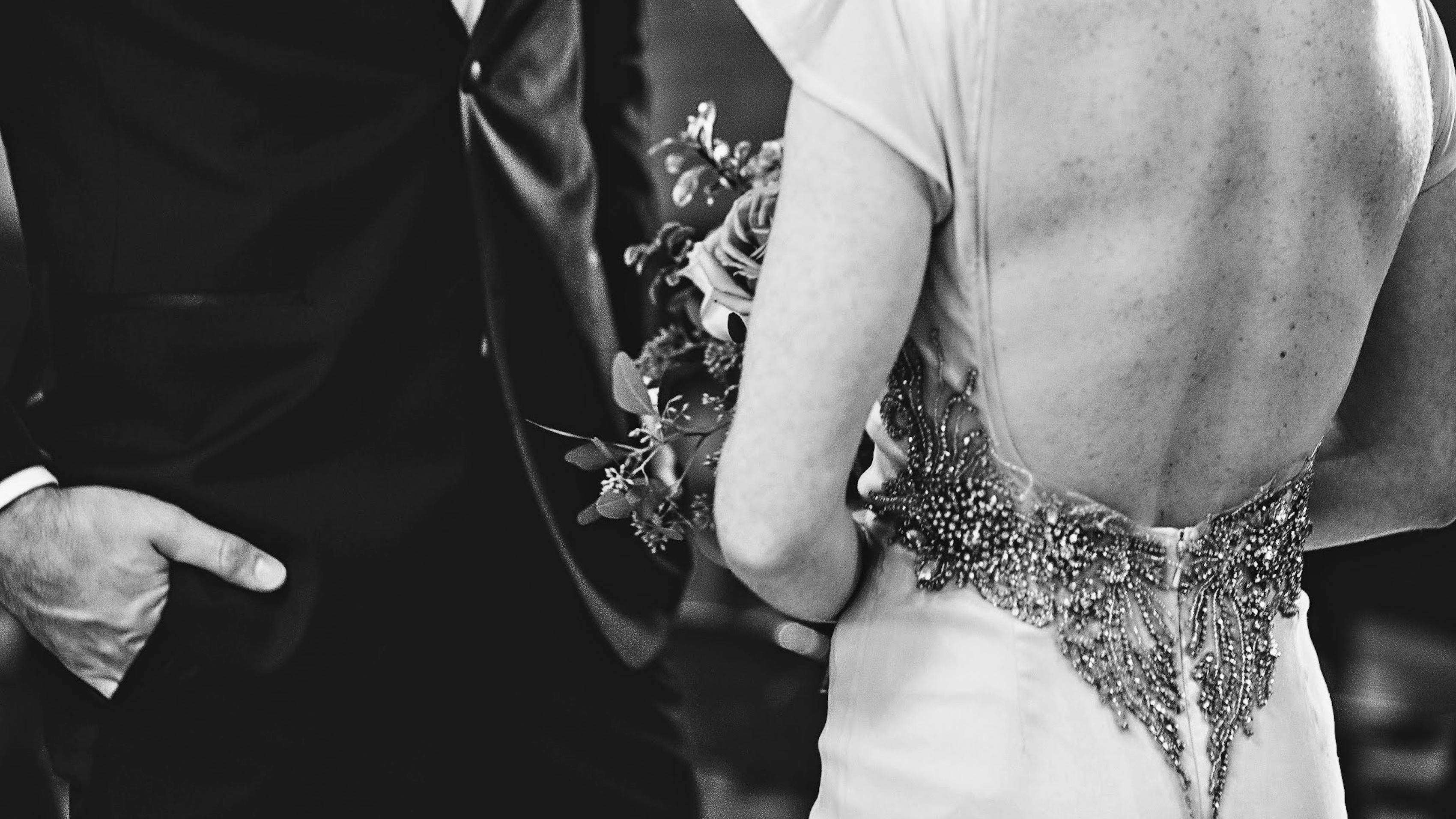
What Is White Tie Attire?
White tie events are the peak of formal dress codes, often evoking images of grandiose balls, royal ceremonies, and state dinners. Understanding white tie attire and knowing how to dress appropriately can ensure you make a lasting impression at these elegant occasions. This guide will explore everything you need to know about white tie events, from the essential pieces of a white tie outfit for men, women, and everyone to the differences between white tie and black tie dress codes.
Key Takeaways:
- White tie attire is as formal as it gets.
- There are strict rules surrounding acceptable garments and colors for a white tie events.
- Less common for weddings or standard occasions, white tie dress codes are typically reserved for especially prestigious events or titled hosts.
- Wearing the proper white tie attire, such as black tuxedos and tailcoats for men and luxurious evening og is absolutely necessary to be respectful at white tie occasions.
- The white tie dress code is steeped in tradition.
What Is a White Tie Event?
A white tie event is the most formal of dress codes, surpassing even black tie in its level of sophistication and traditional elegance. These events are typically very exclusive and include state banquets, royal ceremonies, high-society balls, and certain prestigious galas and award ceremonies. When invited to a white tie event, dressing appropriately is not just recommended—it's required. But there’s no need to stress! Read on to learn all about the do’s and don’ts of white tie events for men and women.
Types of White Tie Events
White tie events are rare and reserved for the most formal of occasions. Examples include:
- State Dinners: Often hosted by heads of state, these events require the highest level of formality.
- Royal Ceremonies: Events such as coronations, royal weddings, and official royal receptions.
- High-Society Balls: Exclusive balls that often have historical significance, such as debutante balls.
- Prestigious Galas: Certain high-profile award ceremonies and charity events.
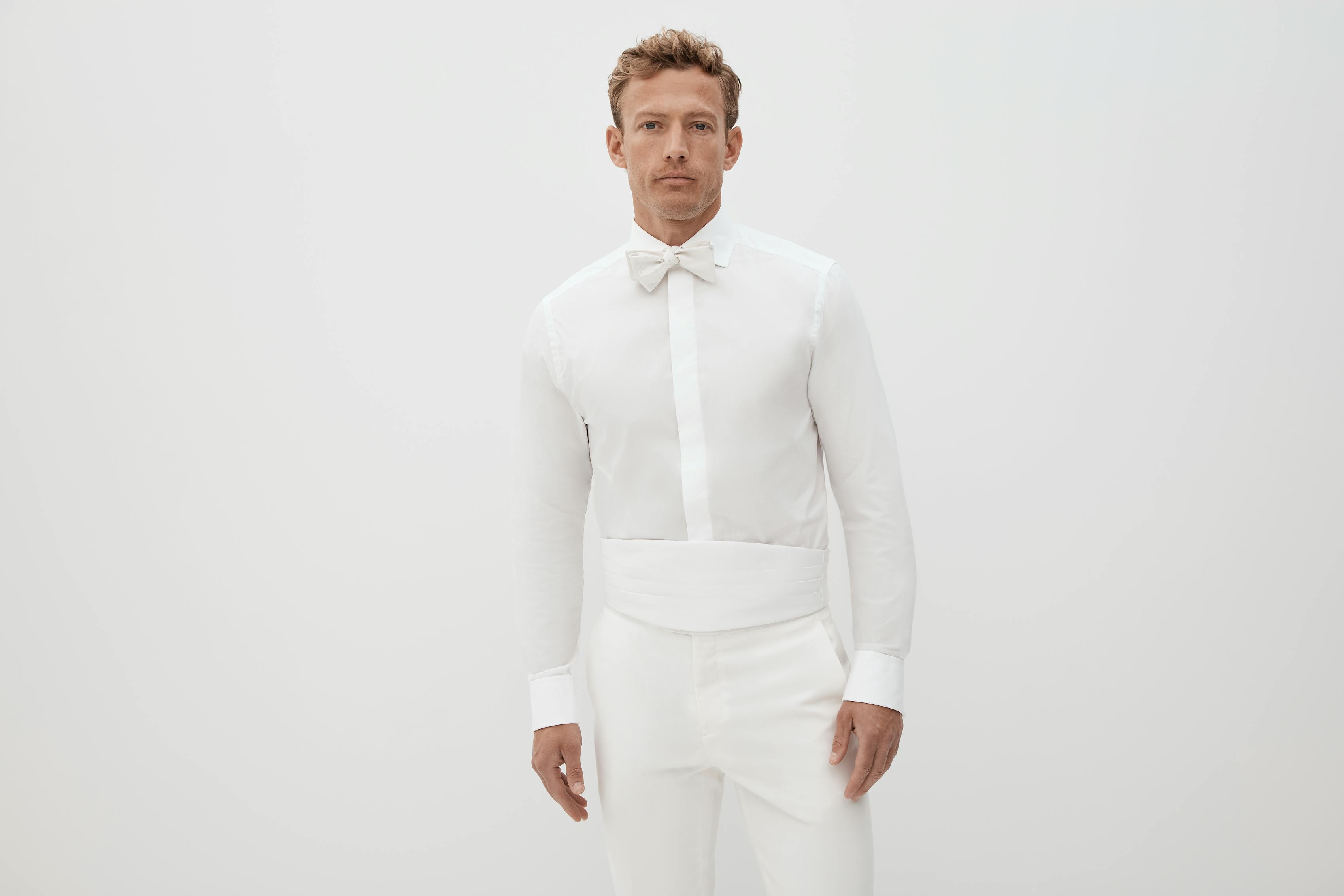
Understanding a White Tie Dress Code
White Tie Attire for Men:
White tie attire for men is highly specific, consisting of the following components:
- White Tie Tuxedo: A black tuxedo is most important. You can level up the look by choosing a black tailcoat with satin or grosgrain facings, paired with matching black tuxedo trousers with a satin waistband and the option of a single stripe of satin or braid down the side of the leg.
- White Shirt and White Tie: A stiff-fronted white formal dress shirt with a wing collar, worn with a white bow tie in linen or grosgrain. The formal shirt typically has a pique or pleated bib.
- White Waistcoat: A low-cut white waistcoat or cummerbund, often made from pique cotton, silk, or satin.
- Accessories: Black patent leather shoes, preferably oxford style, and black formal socks. Optional accessories include white gloves, a top hat, and a white pocket square to really complete the elegant look.
White Tie Attire for Women:
White tie dress code for women allows for more variety but remains equally formal. Keep these elements in mind:
- White Tie Dress: A full-length evening gown, often made from luxurious fabrics like silk, satin, or velvet. The gown may feature intricate detailing such as beading or embroidery.
- White Tie Suit: For those who prefer suits or tuxedos for women, a black tuxedo or tailored black tailcoat with matching trousers, a white dress shirt with a wing collar, and a white bow tie is appropriate.
- Accessories: Long gloves, usually white, that extend past the elbows. Elegant jewelry, a clutch bag, and formal evening shoes tie together the complete outfit. You may also choose to show off some personal style with a tiara or other headpiece if the occasion allows.
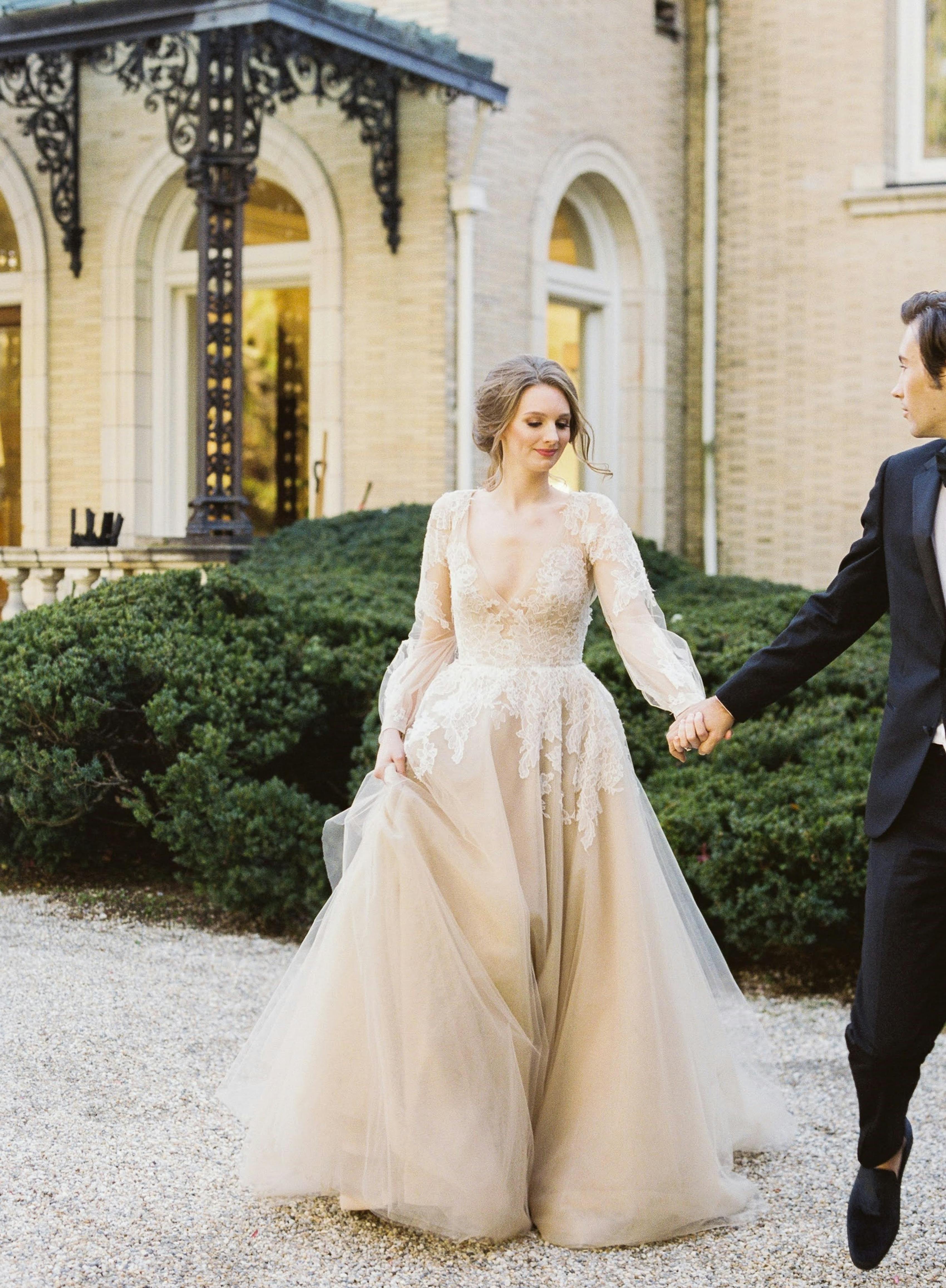
Black Tie vs. White Tie Attire
The distinction between black tie attire and white tie can be subtle yet significant. Both are at the high end of the formality scale, but they are each reserved for different occasions, and you’ll want to nail the key aspects of each to dress appropriately. Here are the primary differences between black and white tie dress codes:
- White tie events are more formal than black tie. White tie attire is typically reserved for the most elegant and sophisticated events like banquets, balls, and galas.
- Black tie attire can include a black tuxedo or other dark-colored tuxedo, a black bow tie, and a black cummerbund or waistcoat. White tie requires a tailcoat, white bow tie, and white cummerbund or waistcoat.
- For women, black tie allows for tea or floor-length evening gowns, while a white tie dress code requires full-length gowns or a formal suit.
- White tie attire dress codes are more strict and specific than black tie.
- Black tie optional attire is especially set apart and significantly less formal than white tie.
What to Wear to a White Tie Event
When dressing for a white tie event, adhering to the dress code is crucial. For men, ensure your white tie tuxedo is well-fitted and made from high-quality materials; the tailcoat should fit snugly without being restrictive. Opt for a crisp, white dress shirt with a wing collar, and pair it with a white bow tie made from a fine fabric like pique cotton. Pay attention to the details—polish your patent leather shoes and consider wearing a boutonniere for an added touch of elegance.
For women, choose a gown that fits the formality of the event. Consider classic silhouettes and luxurious fabrics, ensuring the gown reaches the floor and complements your figure. For those opting for a suit, ensure it is expertly tailored; a black tailcoat and matching trousers paired with a white dress shirt and white bow tie can look both elegant and distinctive. Pair your gown or suit with long gloves, tasteful jewelry, and a small, elegant clutch. If the event permits, a tiara or fine headpiece can add a regal touch.
When putting together an outfit for a white tie dress code, the bottom line is elegance. But that doesn’t mean there’s no room for personal touches! There are plenty of ways to ensure you’re following the requirements while still expressing yourself through the different white tie attire options. When in doubt, keep the accessories to a minimum for that simple yet sophisticated vibe.
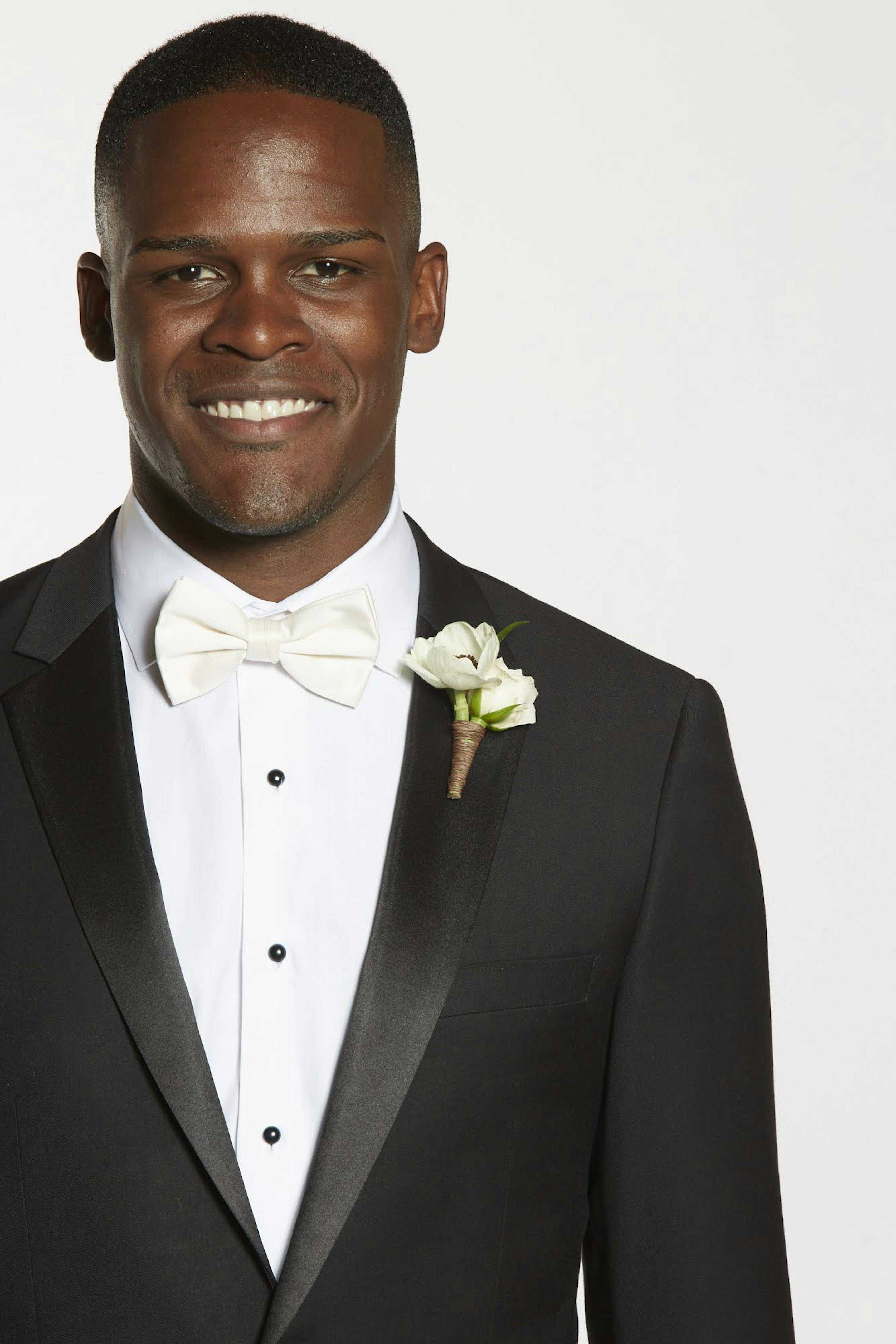
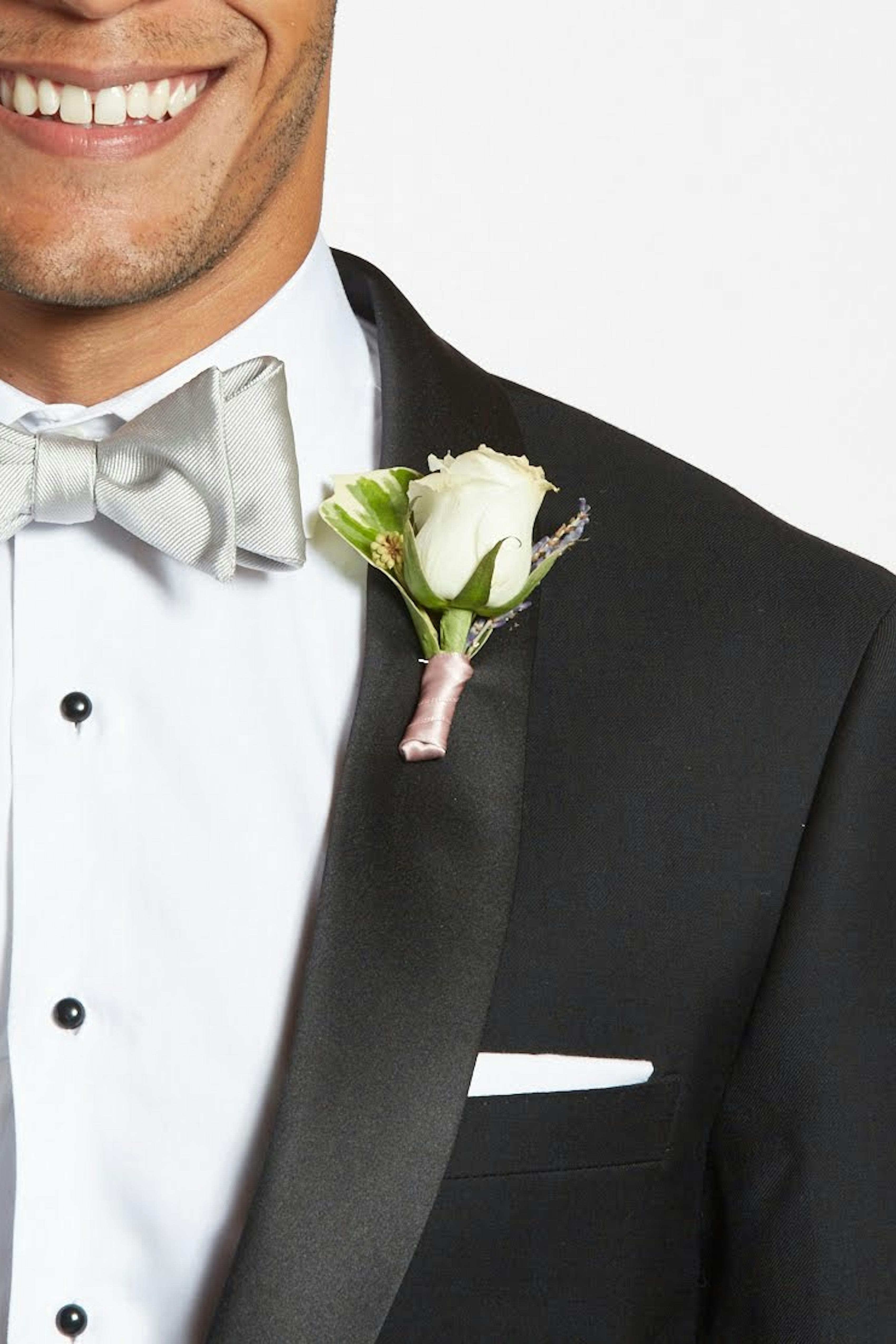
Dressing for White Tie Depending on the Season
Seasonal changes can also influence white tie attire. In warmer climates or summer months, lighter fabrics such as wool blends or other breathable blends may be preferable for comfort. On the flip side, winter white tie events might call for heavier materials and additional accessories like formal outerwear to stay warm while maintaining elegance. While the highest formality is the goal, comfort is still important for looking and feeling your best at a white tie event.
Blending Tradition and Modernity for White Tie Events
White tie events have a rich history dating back to the early 19th century. This dress code emerged from the court dress traditions in Europe, particularly in England and France. Royal weddings still follow the more traditional sense of white tie attire, often having very specific requirements for guests.
While the classic elements of white tie remain unchanged, contemporary fashion allows for some modern twists. Subtle alterations like a slightly different cut on the tailcoat or incorporating minimalist jewelry can add a modern touch to your outfit without breaking the traditional dress code.
It’s important to note that white tie events, while steeped in tradition, are becoming more inclusive. You may choose elements from both traditionally male and female attire to create a look that feels authentic and comfortable. For instance, mixing a tailored tailcoat with a flowing skirt can be both elegant and a powerful personal statement. That said, white tie events often include requirements in the invitations that you’ll want to keep in mind.
Perfecting the White Tie Dress Code
Understanding the nuances of white tie attire and what makes it different from a black tie dress code is essential for anyone attending these prestigious occasions. The types of events that require such formality tend to be a big deal, so you’ll want to piece together your look in a way that fits the dress code while still being true to your style.
Whether you're donning a white tie tuxedo, a stunning evening gown, or an elegant suit, paying attention to the details ensures you dress the part and respect the tradition. For all your white tie needs, from tuxedos to elegant accessories, SuitShop offers a wide range of options to help you dress impeccably for your next white tie event. As always, the most important part of a formal look is getting the perfect fit, so start with our Fit Finder and Fit Guide to step into your next formal event with confidence and style.

Nathaniel Longmore
Nate, a former SuitShop groom, is a writer by passion and trade. When he's not typing away from a local coffee shop, you can find him hiking the trails or searching the racks of a thrift store.
